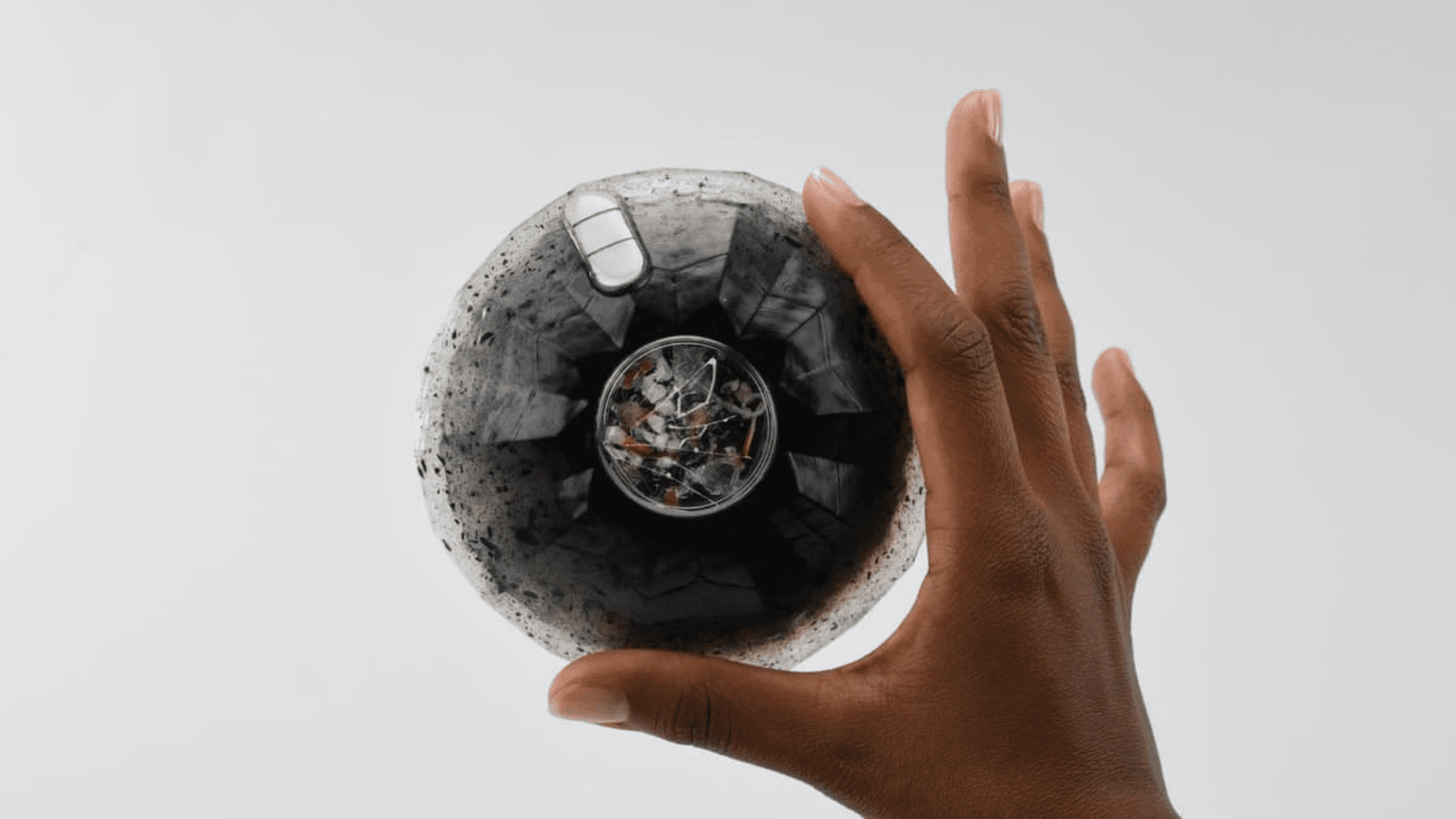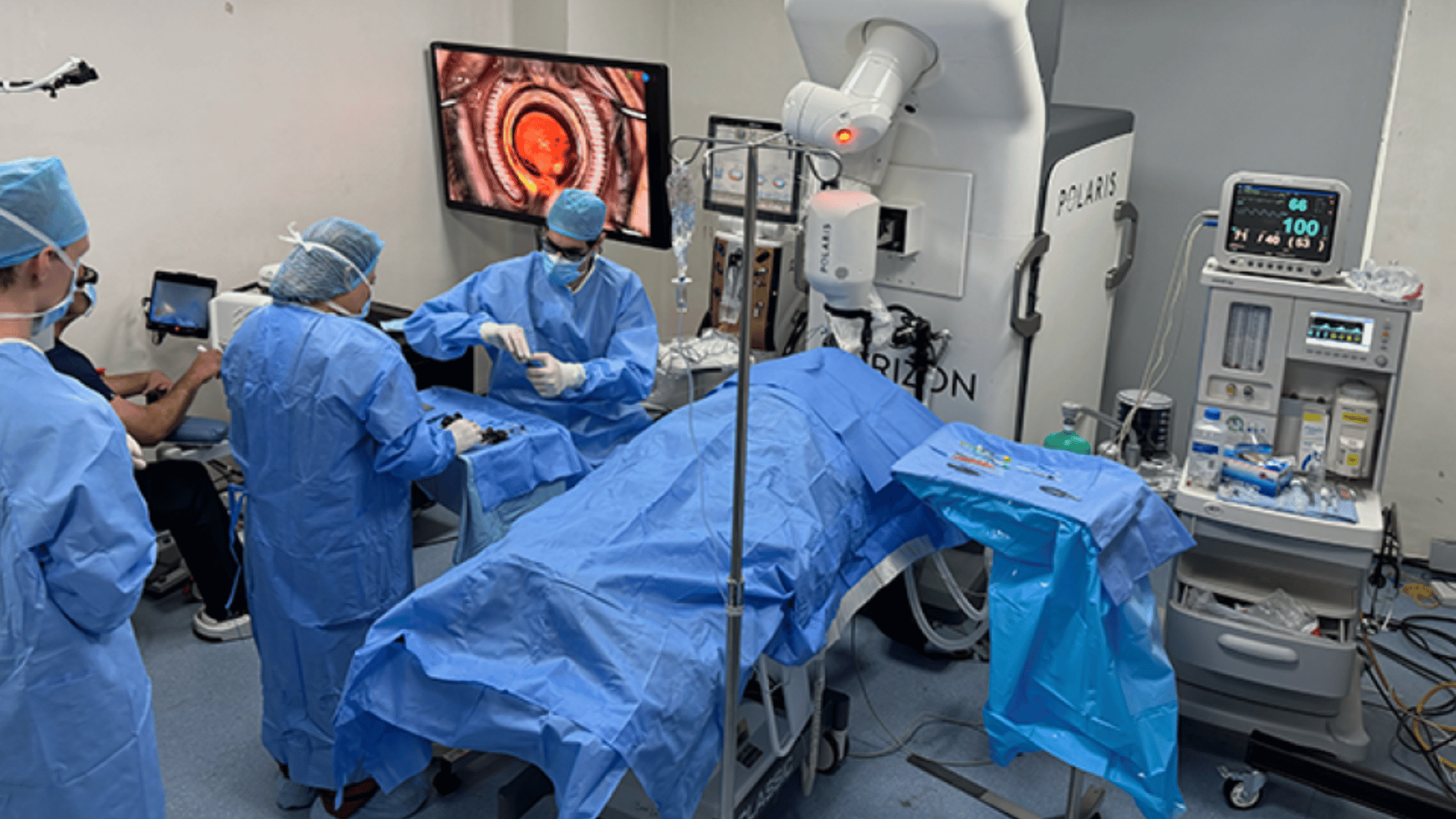A new project by artist and designer Odette Dierkx envisions a futuristic prosthetic organ that could aid humans in surviving a future with an abundance of plastic.
Fungi-Based Filter Organ

The device, called the 79th Organ, would be made from fungi and designed to filter and break down microplastics inside the human body. The name references the 78 organs in the human body and how the plastic crisis may require a new one.
The concept of the project was inspired by previous research that found that certain mushrooms could digest plastic. Dierkx envisions using fungi such as Pleurotus ostreatus to create a prosthetic organ, predicting that a similar solution could be necessary for human survival by 2110.
The installment is meant to highlight issues caused by microplastics and how those issues could become worse over time.
The 79th Organ is a fungal mycelium structure that releases enzymes that degrade plastics in a process called bioremediation, where microorganisms safely break down harmful materials. The organ extracts microplastics from the bloodstream, passes them through the mycelium filter, and breaks them into harmless components.
The capsule-shaped organ, with internal gills mimicking a mushroom, attaches to the lower abdomen using suction. A magnifying glass at the top allows users to see filtered microplastics being processed, while a dial on the side displays contamination levels.
Dierkx also included three versions of the 79th Organ, each highlighting unique exposure risks based on societal conditions in a future filled with plastic.
The first version, which is clear and shows the internal workings of the organ, is meant to represent a Japanese fisherman who with fish contaminated with microplastics. The second version, which is black and damaged, is meant to represent a waste picker in Kenya who has been overexposed to waste, dust, and toxic chemicals. The third version, which is pink and customized, represents the early-life exposure of a young German girl born with microplastics in her body.
The art project highlights the consequences of the growing threat of microplastics and proposes a radical solution to the potential health issues they could cause in the future.







